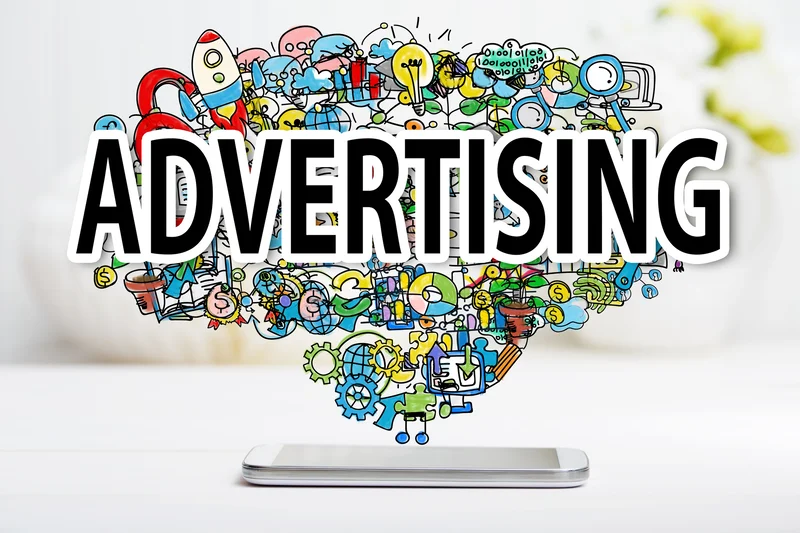Google and other platforms make it pretty easy to set up pay-per-click (PPC) campaigns. This ease of use is why so many marketing teams working with smaller ad budgets begin with paid search and social media ads. There’s not much of a learning curve, and it’s inexpensive to get started.
That’s not the case with programmatic advertising. Here, things are a bit more complicated. You have to navigate more technology and build up creative assets. Marketing teams may be hesitant to take on this channel out of fear that the leads they generate won’t bring them a return on their investment.
All of this is unfortunate. Programmatic advertising can be as easy to manage as other formats. Additionally, programmatic campaigns can scale to virtually any size. Whether your campaign is focused on leads, revenue growth, or customer acquisition, this capability exists.
How do you get started? These 4 lead-generating strategies for programmatic will help you get started:
Table of Contents
1. Focus on Contextual Targeting
Contextual targeting involves reaching out to audiences with advertising messages that are relevant to the content they are currently consuming.
For example, if you sell home improvement services, you would want your advertising to appear where it relates to that content. This positioning might be during home improvement shows that stream on smart televisions, how-to videos on YouTube, or DIY websites.
There are a few reasons to focus on contextual targeting in programmatic advertising. The first is relevance. Your ads will always make sense to the people who are seeing them and won’t seem intrusive or irrelevant.
Additionally, you can use contextually targeted ads to reach audiences on multiple channels. There are no limitations as long as that related content is available.
Best of all, you probably have exactly what you need to define your contextual targeting. The list of keywords you’ve created for your search ad campaigns can help you define your contextual campaigns.
2. Take Advantage of Retargeting Across Platforms
Not every lead converts quickly. If your programmatic advertising attracts more traffic to your site, keep prospects engaged with retargeting.
Imagine that the traffic to your landing pages from a programmatic campaign converts at a rate of 10%. That means 90% of the traffic that you pay for doesn’t result in any sales — unless you retarget prospects on other platforms.
Try this sequence of actions:
- Start with high-funnel awareness programmatic ads to grow your prospect pool
- Dial things in with a more focused ad campaign
- Wait for traffic to your website
- Continue retargeting the visitors who don’t convert with reengagement content
You will increase your return on investment by keeping targets engaged with the right messaging.
3. Try to Reach a Wider Audience
In some ways, earning leads is a numbers game. Sure, it’s ideal if every visitor is a high-quality lead who has been prequalified for your sales team. However, if you aren’t getting that much traffic, you may need to cast a wider net. Programmatic display advertising can help with that.
Your programmatic advertising campaign will function to allow you to attract your target audience. Then, you can scale up as needed. You can’t do that with paid campaigns.
To reach a wider audience, consider your current targeting. Then, take a step back.
For example, if you are targeting homeowners with incomes above $100,000 and home remodeling budgets of $50,000 or higher, you might consider targeting prospects earning $80,000 per year instead. This setup casts a slightly wider net. Later, you can go back and reset those parameters based on which groups are most responsive.
However, it’s important to be willing to learn more about audiences you haven’t targeted previously. These potential customers may not fit into the targeting categories you have established previously.
4. Remember Brand Safety
Programmatic advertising has the potential to connect brands with a wide variety of channels featuring a wide range of content. While this is mostly a positive, brand safety is a very reasonable concern.
What Is Brand Safety?
Brand safety is the act of protecting your brand from being associated with specific types of content. For example, if you sell a family-friendly product, you may want to avoid bidding for ad space on a site or channel that shows horror-related content.
If you have reasons to be particularly concerned about brand safety, you have some options. One of these is to approach your advertising platform about creating a whitelist or blacklist.
This setup will allow you to block your ads from entire channels or platforms. If you choose to be particularly careful, a whitelist will ensure that your ads appear only on the channels you have approved. This approach could increase your cost per impression but may be worthwhile. Setting contextual targeting can also lead to better brand safety.
Programmatic Advertising Connects Brands with Leads
Once you gain a bit of familiarity with the technology and processes, it’s easy to see the lead-generating value of programmatic advertising. Incorporate these tips to get better results even faster.

